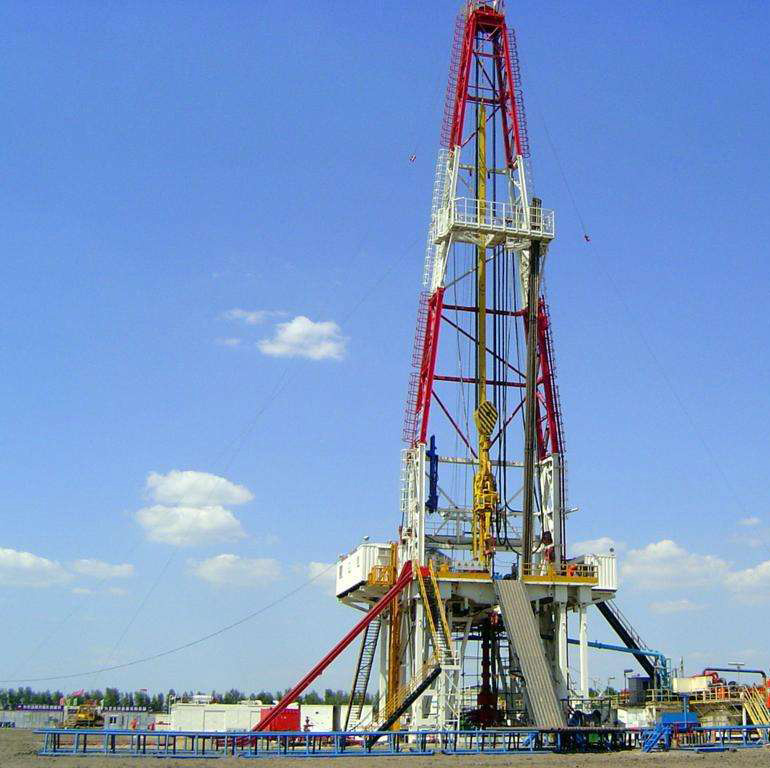- +86-373-5896638
- sales@oilfield-chem.com
Product Categories

Do you really know "Hydrofracture " in crude oil exploitation
Hydraulic fracture is an important technical measure for stimulation of oil & gas well and water injection well. In the stimulation, it achieved significant achievements in the using low, medium and high permeability oil & gas reservoirs. Using high pressure pumps, it send the high viscosity fluids that exceed the displacement of absorption capacity in the wells. When The crack arise in the bottom near, when the pressure is higher than the wall near the ground stress and rock tensile strength. Then continue to inject the carrying fluid with the support agent. When the crack is filled with the support agent, the formation forms the san-filled cracks that have a certain size and conductivity in the down hole. That technical measure can make the well increase in production and injection
Drilling Fluid Performance
After the drilling fluid has been mixed based on the pre-designed composition, it is placed into the mud pit for storage during the entire drilling process. The drilling fluid is then pumped from the mud pit into the hole. It flows through the drill pipes reaching the drill bit, which breaks the rock. Then, the drilling fluid goes up through the annulus, thus removing drilling cuttings generated by the drill bit. The replaced drilling fluid containing suspended cuttings is directed through the special pipe to the shale shaker, where cuttings are separated from the drilling fluid. Finally, the fluid is pumped into the settling tank.
Drilling Fluids services
The drilling fluid services include a complex of activities aimed to maintain the most efficient and safe drilling parameters. The drilling fluid services include the following activities:
1. Development of Mud Program
2. Preparation of drilling fluids with respect to the appropriate composition required by the Client.
3. Technological control over preparation of drilling fluids, including optimisation of mud properties while drilling.
4. Preparation of daily reports and recommendations to use drilling fluids in specific geological conditions.
5. Development of recommendations for proper storage of chemicals, etc.